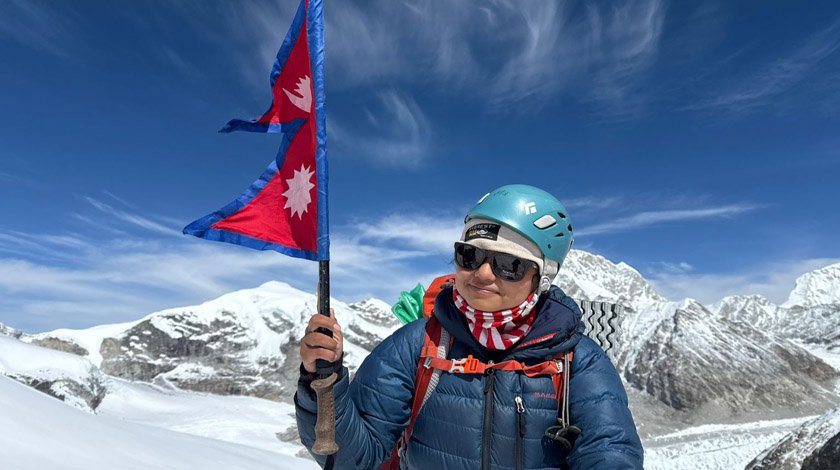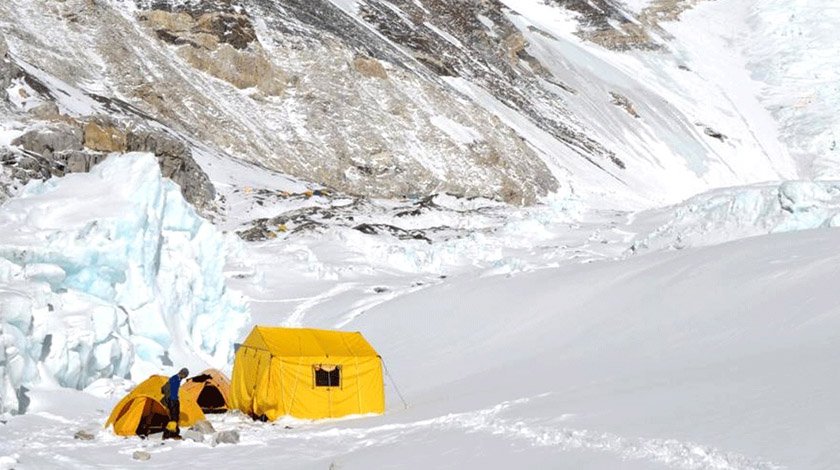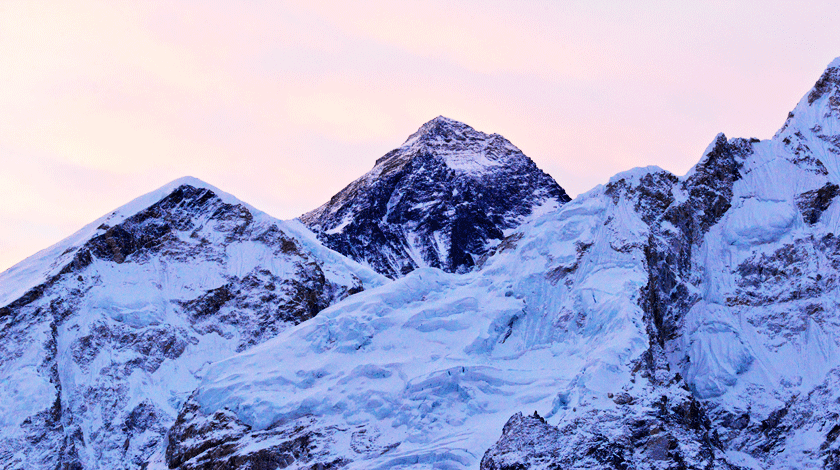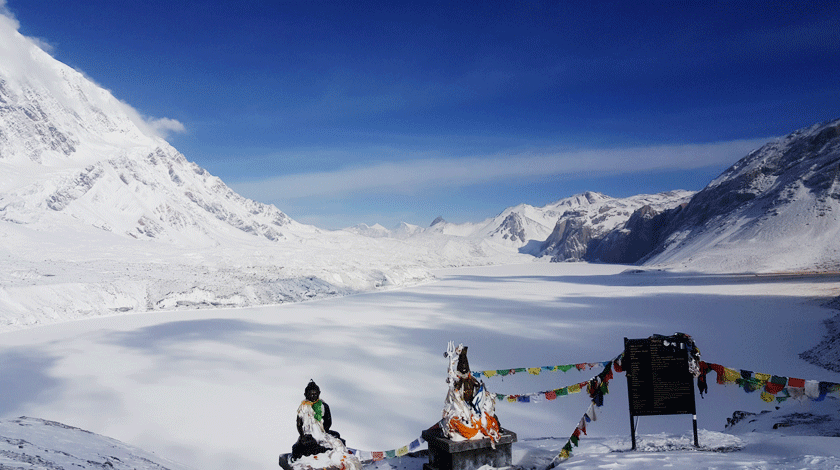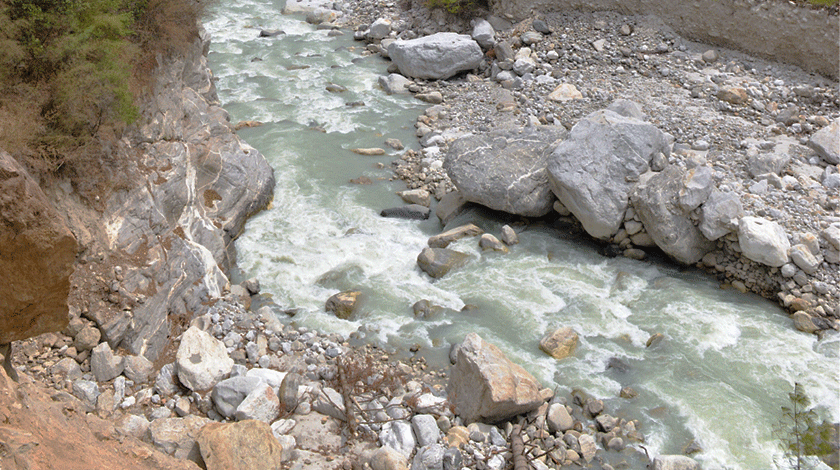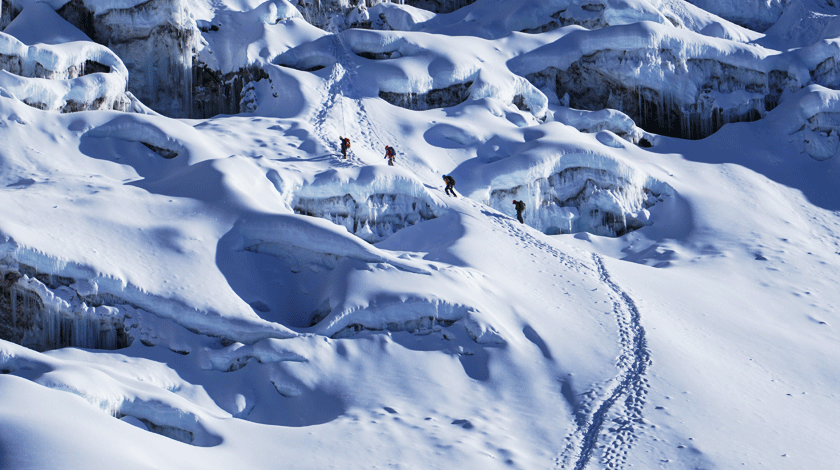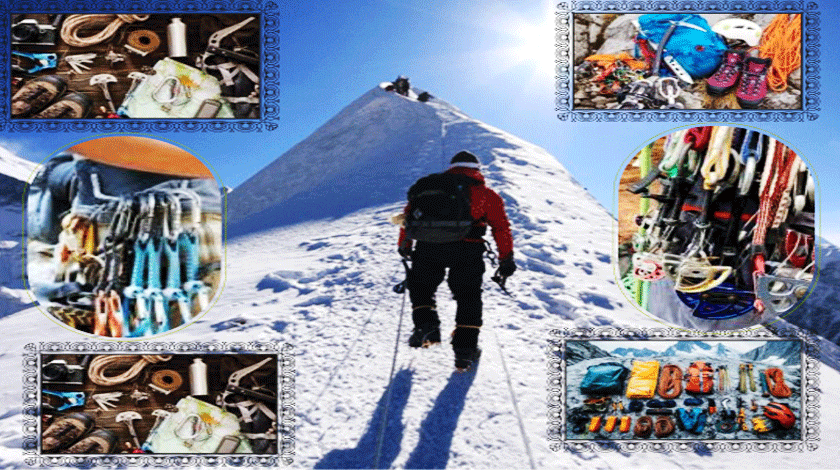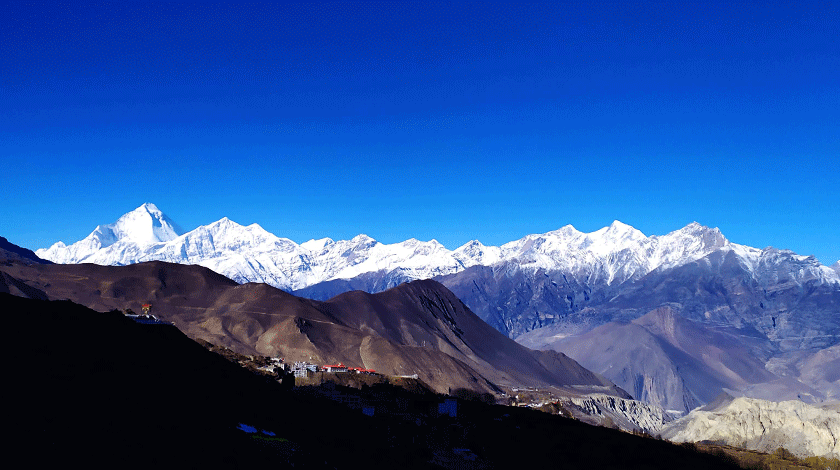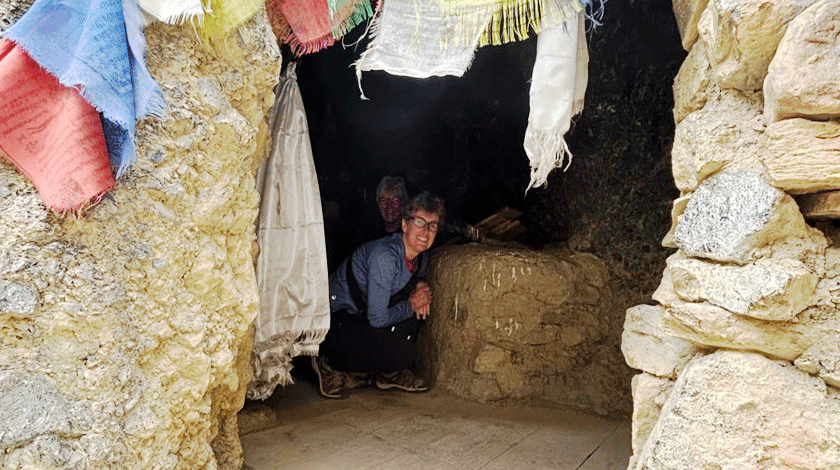How to Train for Trekking in Nepal
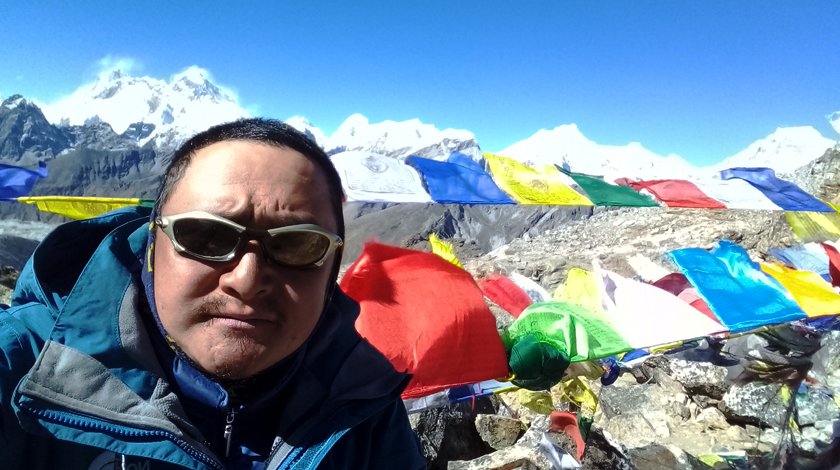
How to Train for Trekking in Nepal: A Comprehensive Guide
Trekking in Nepal offers an unparalleled adventure through the majestic Himalayas, providing breathtaking views, cultural immersion, and personal challenge. To ensure a safe and enjoyable experience, it’s crucial to understand how to train for trekking in Nepal. Proper preparation can enhance endurance, prevent altitude sickness, and make your trek more rewarding.
Why Training is Essential for Trekking in Nepal
Nepal’s trekking trails are renowned for their rugged terrain, steep ascents, and high altitudes. Oxygen levels decrease as you ascend, making physical exertion more challenging. Long trekking days and unpredictable weather demand strong cardiovascular fitness, muscle strength, and mental resilience.
1. Cardiovascular Training: The Foundation of How to Train for Trekking in Nepal
Cardiovascular fitness is the cornerstone of how to train for trekking in Nepal. High-altitude trekking requires optimal heart and lung performance to ensure a steady supply of oxygen to your muscles.
Recommended Activities:
Running and Hiking: Mark with 30-minute sessions, 3–4 times per week. Gradually increase duration and intensity over time.
Stair Climbing: Simulates uphill trekking. Start with 30–40 minutes, increasing as you build strength.
Cycling and Swimming: Enhance endurance without straining joints.
Trail Running: Optional but beneficial for advanced trekkers.
High-altitude regions like Everest Base Camp, Annapurna High Pass, and Dolpo necessitate the most cardiovascular preparation.
2. Strength Training: Building Muscles for Trekking in Nepal
Strength training is vital for trekking because it builds the muscles needed to carry your backpack and navigate uneven terrain. Understanding how to train for trekking in Nepal includes:
Leg Workouts: Squats, lunges, step-ups (bodyweight or with resistance).
Core Workouts: Planks, Russian twists, and leg raises for balance and stability.
Upper Body: Push-ups, pull-ups, and shoulder presses for backpack support.
3. Endurance Building Through Long Hikes
Learning how to train for trekking in Nepal involves gradually increasing your hiking stamina:
Weekend Hikes: Start with 3–4 hours, progressing to 6–8 hours.
Elevation Training: Hike trails with significant altitude gain.
Backpack Practice: Carry trekking weight (8–12 kg) to mimic trail conditions.
Essential for EBC, Annapurna Circuit, Island Peak, and Dolpo.
4. Acclimatization and Altitude Training
High-altitude treks demand acclimatization. Knowing how to train for trekking in Nepal includes strategies to prevent altitude sickness:
Simulate Altitude: Hike nearby high-altitude trails or use hypoxic training equipment.
Climb High, Sleep Low: Ascend during the day, descend to sleep.
Avoid Alcohol and Tobacco.
This is for Everest Base Camp, Island Peak, Manaslu, and Dolpo treks.
5. Flexibility and Mobility
Flexibility reduces injuries. Incorporating flexibility training is part of how to train for trekking in Nepal:
Daily Stretching: Hamstrings, calves, hip flexors, lower back.
Yoga & Pilates: Improve balance, core strength, and breathing.
Foam Rolling: Release tension and speed recovery.
6. Mental Preparation
Mental resilience is a key aspect of how to train for trekking in Nepal:
Visualization: Picture yourself completing the trek successfully.
Mindfulness & Meditation: Maintain focus when fatigued.
Positive Affirmations: Boost confidence with phrases like “I am strong” and “I can do this.”
7. Gear Familiarization
An important part of how to train for trekking in Nepal is becoming familiar with your gear:
Trekking Boots: Waterproof, broken in, comfortable.
Backpack: Properly fitted, load-tested.
Clothing: Layering system for temperature control.
Trekking Poles: Reduce knee strain and improve stability.
8. Nutrition and Hydration
Nutrition and hydration are essential when learning how to train for trekking in Nepal:
Balanced Diet: Carbs for energy, protein for muscles, healthy fats for endurance.
Hydration: Drink water frequently, especially at high altitude.
Snacks: Nuts, energy bars, dried fruits during hikes.
9. Rest and Recovery
Recovery is as important as active training in how to train for trekking in Nepal:
Rest Days: Allow muscles to recover.
Sleep: 7–9 hours per night.
Active Recovery: Yoga, walking, or swimming to maintain mobility.
10. Trek-Specific Preparation
Different treks require focused preparation:
Everest Base Camp: Cardio and altitude adaptation.
Annapurna Circuit: Balance endurance, strength, and acclimatization.
Upper Mustang: Prepare for long daily distances and dry conditions.
Dolpo Trek: Strength and flexibility for remote high-altitude trekking.
Island Peak: Mountaineering skills and rope handling.
11. Final Preparations
Before your trek:
Tapering: Reduce intensity 1–2 weeks prior.
Packing: Test all gear with practice hikes.
Travel Documents: Permits, vaccination, and cultural knowledge.
By learning how to train for trekking in Nepal, you can maximize your experience on challenging treks like:
Everest Base Camp Trek – 5,364 m
Annapurna Circuit Trek – 5,416 m
Upper Mustang Trek – 3,500–4,000 m
Dolpo Trek – remote high-altitude trekking above 4,000 m
Island Peak Trek – 6,189 m technical climb
1. How to Train for Everest Base Camp Trek
Everest Base Camp (5,364m) is a classic high-altitude trek that tests both stamina and mental resilience.
Cardio Preparation: Long-distance hikes, running, or cycling 4–5 times a week, gradually building to 6–7 hours of endurance activity.
Strength Training: Weighted step-ups, squats, lunges, and core workouts 3 times a week.
Altitude Simulation: If available, train with a weighted backpack in stair climbs or at an altitude gym.
Practice Hikes: Carry a 10–12kg backpack on hikes to simulate trekking conditions.
2. How to Train for Annapurna Base Camp Trek (Moderate Altitude, 4,130m)
The Annapurna Base Camp trek is shorter than the EBC but involves many stone stair climbs and daily ascents/descents.
Leg Endurance: Focus on stair training—climbing 30–45 minutes at a steady pace with a pack.
Cardio: Brisk walking or jogging 5–6 days a week for at least an hour.
Flexibility & Recovery: Yoga and Stretching sessions to keep joints and muscles resilient.
Backpack Training: Practice hiking with 7–8kg loads for 4–6 hours, 1–2 times a week. This will help the idea of perfect packing list.
3. How to Train for Langtang Valley Trek (Gateway for Peak Climbers)
Langtang (up to 4,984m at Tserko Ri) is often used as a preparation trek before Island Peak, Mera Peak, or Lobuche Peak.
Strength Endurance: Emphasize leg strength (step-ups, weighted lunges).
Acclimatization: Incorporate multiple weekend hikes to progressively higher altitudes (if possible).
Core Stability: Planks, side planks, and balance exercises to handle uneven terrain.
Backpack Conditioning: Carry 8–10kg on practice treks, as many peak approaches involve gear load.
4. How to Train for the Manaslu Circuit Trek (Remote & Demanding)
Manaslu involves longer trekking days (7–9 hours) and the Larkya La Pass (5,106m).
Endurance Hikes: Weekly long hikes (15–20km) with elevation gain above 1,000m.
Mental Conditioning: Practice multi-day hikes at home to simulate expedition fatigue.
Strength: Emphasize weighted squats and lunges to handle steep terrain.
Flexibility: Stretch hips, hamstrings, and calves for steep downhill descents.
5. How to Train for Kanchenjunga Base Camp Trek (Remote & Multi-Week)
The Kanchenjunga trek is one of Nepal’s most remote and strenuous, with a long duration (3 weeks) and rough trails.
Stamina Training: Build endurance for multi-day back-to-back hikes (4–6 hours daily).
Weight Training: Carrying heavy loads is common; train with a 12–15kg backpack for hikes.
Altitude Prep: Train your body to handle consecutive days above 4,500m.
Mental Preparation: Expect no luxury lodges—prepare for rustic teahouses and camping.
6. How to Train for the Three Passes Trek & Sherpani Col (Extreme Altitude)
This trek combines Kongma La (5,535m), Cho La (5,420m), Renjo La (5,360m), and Sherpani Col (6,100m) for those on the GHT.
Endurance: Train for 10–12 days hiking at high altitude.
Strength + Cardio Combo: Interval hill sprints and stair climbs with weighted backpacks.
Technical Preparation: Practice using crampons, a harness, and a rope safely before arrival.
Mental Fortitude: Exposure to cold, wind, and snow is normal—practice resilience on local winter hikes if possible.
7. How to Train for Camping Treks (Amphu Lapcha & Tashi Lapcha Pass)
These are alpine, expedition-style camping treks and require mountaineering skills.
Load Carrying: Be able to hike with 15–18kg pack loads.
Technical Skills: Walking on glaciers with crampons, self-arrest with an ice axe, rope handling, must be practiced.
Endurance & Strength: Mix long hikes with mountain gym circuits (burpees, pull-ups, kettlebell swings).
Mental Preparation: Camping in freezing conditions, crossing crevasses, and using fixed ropes.
8. How to Train for Peak Climbing (Island Peak, Mera Peak, Lobuche, Tent Peak)
Peak climbing requires trekking and technical climbing training.
Trekking Fitness: Complete a moderate trek first (ABC, Langtang, or Poon Hill) to adapt.
Climbing Skills: Learn jumar (ascender) use, rappelling, crampon walking, and rope knots.
Strength Training: Emphasize upper body (pull-ups, push-ups) and core for rope hauling.
Endurance: Be ready for 10–14-hour summit days at high altitude.
Practice Hikes: Simulate trekking conditions.
Conclusion
Knowing how to train for trekking in Nepal is the key to a safe, enjoyable, and unforgettable Himalayan adventure. Cardiovascular fitness, strength, endurance, mental preparation, gear familiarity, and acclimatization all play critical roles.
Whether your goal is Everest Base Camp, the legendary Annapurna Circuit, the mystical Upper Mustang, the remote wilderness of Dolpo, or even a climbing challenge like Island Peak, your success largely depends on how well you have prepared beforehand. Each of these treks comes with unique demands, Everest Base Camp involves long days at high altitude with thin air; Annapurna Circuit requires stamina for multiple days of ascent and descent over high passes like Thorong La; Upper Mustang tests your endurance in dry, windy conditions; Dolpo challenges trekkers with rugged terrain and remoteness; while Island Peak combines trekking with the technical aspects of mountaineering.
This is why understanding how to train for trekking in Nepal is not just about building physical strength but also mental resilience and adaptability. Training should replicate the challenges you will face: long walks on uneven ground, carrying a backpack, and dealing with altitude. Preparing in advance through cardio, strength training, and practice hikes ensures you will have the endurance to keep moving every day, enjoy the cultural experiences, and remain safe during your trek.
The reward for this preparation is immense. Once you are well-trained, you can truly immerse yourself in Nepal’s breathtaking landscapes. From the towering peaks of the Khumbu to the red cliffs of Mustang, the turquoise Phoksundo Lake of Dolpo, or the ancient monasteries perched along remote trails. Equally important, you’ll have the mental clarity to appreciate the rich culture: Sherpa hospitality, Tibetan Buddhist traditions, and timeless Himalayan villages.
Note
Trekking in Nepal offers a rare opportunity to experience the breathtaking natural beauty of the Himalayas and the rich cultural tapestry of its remote villages. Whether you’re exploring the well-trodden paths of the Annapurna region, the challenging trails of Manaslu, or the hidden gems of Mustang, Dolpo, and Island Peak Everest Base Camp Trek the warm hospitality of the diverse ethnic communities you encounter will enhance your journey. Moreover, if you’re a climbing enthusiast, more training is needed, and knowledge regarding how hard to climb Everest can boost your training level.
To make the most of this adventure, it’s essential to train for trekking in Nepal, building your cardiovascular fitness, strength, endurance, and mental resilience. A well-structured train for trekking in Nepal plan, familiarity with your gear, and proper acclimatization to the altitude will ensure a safe and enjoyable trek. The better prepared you are, the more you can fully enjoy the breathtaking landscapes and rich cultural encounters that make trekking in Nepal an unforgettable adventure.

